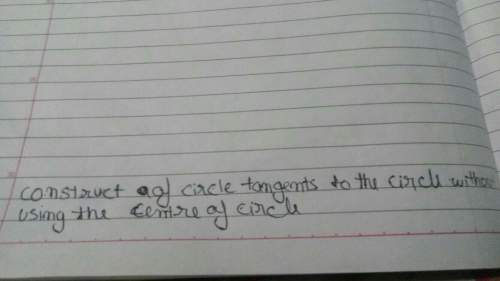F(1) = 1
f(2)= 2
f(n) = f(n - 2) + f(n-1)
f(3) =...

Mathematics, 20.05.2020 05:01 marelinatalia2000
F(1) = 1
f(2)= 2
f(n) = f(n - 2) + f(n-1)
f(3) =

Answers: 3


Other questions on the subject: Mathematics

Mathematics, 22.06.2019 00:30, brittsterrr
When you flip a biased coin the probability of getting a tail is 0.6. how many times would you expect to get tails if you flip the coin 320 times?
Answers: 1

Mathematics, 22.06.2019 02:00, embersongracie
Asix-sided die of unknown bias is rolled 20 times, and the number 3 comes up 6 times. in the next three rounds (the die is rolled 20 times in each round), the number 3 comes up 6 times, 5 times, and 7 times. the experimental probability of rolling a 3 is 10 %, which is approximately % more than its theoretical probability. (round off your answers to the nearest integer.)
Answers: 1


Mathematics, 22.06.2019 04:00, myhomeacc32
Renee hiked for 6 3/4 miles. after resting, renee hiked back along the same route for 5 1/4 miles. how many more miles does renee need to hike to return to the place where she started? represent your answer as a simplified mixed number, if necessary.
Answers: 1
You know the right answer?
Questions in other subjects:

Mathematics, 20.11.2019 11:31

Chemistry, 20.11.2019 11:31




Mathematics, 20.11.2019 11:31








